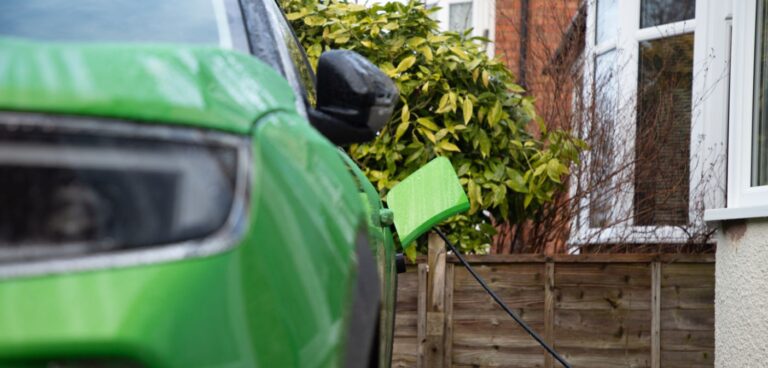Electric vehicle (EV) charging solutions provider Mina has released a report looking at data from June to August 2022, which reveals that costs for at-home charging of EVs have increased 30% and public charging by 19%.
It also revealed that motorists spend 45 minutes on average using public chargepoints, representing an on-take of around 90 to 100 miles (144 to 160km) of charge.
The research also showcases pence-per-mile (ppm) costs, trends and behaviours from those operating commercial EV fleets, with comparisons to some historic data also included.
Some of the key findings from the report include that the average pence-per-mile cost for an electric van charged at home is 10ppm – twice the government’s Advisory Electricity Rate (AER) of 5ppm – while cars charged domestically cost an average of 7ppm.
The average cost of charging at home was revealed to be 26p per kilowatt hour (p per kWh), which marks a 30% increase compared to the previous 12 months.
The Mina report also revealed that the average cost of public charging is 56p per kWh, a rise of 19% since last year. It also pointed out variations in public charging tariffs, from a low of 30p per kWh to £2.77 per kWh.
Ashley Tate, CEO of Mina, said: “There’s a lot of discussion about the real cost of charging EVs, but much of it is entirely theoretical, and based on lots of assumptions and ‘what-ifs’.
“At Mina, our technology monitors every single charge, and every piece of associated data from the moment a car or van is plugged in, so we know exactly what is going on in the real world, the second it happens.
“We know every tariff, at home and in public, we can see how green that electricity is, the carbon impact in real time of every kWh and how much it costs for every kWh.
“This is transformative, because from this you can build a picture of real-life costs, which is so important as the energy crisis unfolds, and also begin to understand behaviour and trends.
“This will inform strategy in future, not just for businesses looking at costs and productivity, but for networks and authorities rolling out chargers and assessing demand.”





